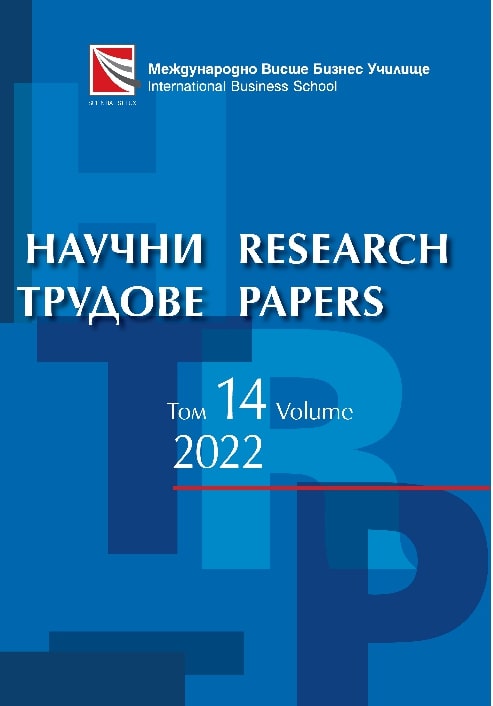Author(s): ELNAZ KHAYER,REZVAN ZAREI,MARYAM DAMGHANIAN,Beáta Böthe,FARNAZ FARNAM / Language(s): English
Issue: 2/2024
Background and Aims: This study addresses the scarcity of research on Compulsive Sexual Behavior Disorder (CSBD) in non-Western cultures and women, exploring its prevalence, sociodemographic, sexual history characteristics, and sexual and psychological health factors in Iranian married women. Methods: A cross-sectional study involving 772 heterosexual married women was conducted between 2022 and 2023, covering all 31 provinces of Iran. Participants were categorized as CSBDþ (at-risk individuals) and CSBD (low-risk individuals) based on a pre-established cut-off point of ≥18 by the Compulsive Sexual Behavior Disorder Scale 7. Depression, anxiety, obsessive-compulsive disorder, self-esteem, sexual distress, sexual satisfaction, relationship satisfaction, and sexual dysfunction were assessed as psychological and sexual health variables by standardized scales. Results: The prevalence of CSBD was 3.8% in women. Linear regression analysis showed that lower education, being jobless, substance use, pornography use, paraphilic behaviors, conflict on sex frequency, relationship, orgasm and sexual dissatisfaction, higher sexual arousal, depression, and obsessive-compulsive symptoms were positively associated with CSBD. The univariate analysis, at a stringent significance level of 0.005, mirrored the regression findings. Additionally, women with CSBDþ exhibited lower religiousness and higher anxiety compared to those without CSBD. Discussion and Conclusions: Raising awareness of CSBD is crucial for health systems and individuals for better policy-making and help-seeking behavior. Identifying risk factors like substance use presents opportunities for prevention, and the association of CSBD with sexual and mental health variables suggests addressing co-occurring issues for improved treatment outcomes. Recognizing culture and gender-specific sexual and psychological correlates enables targeted and effective treatment approaches.
More...















